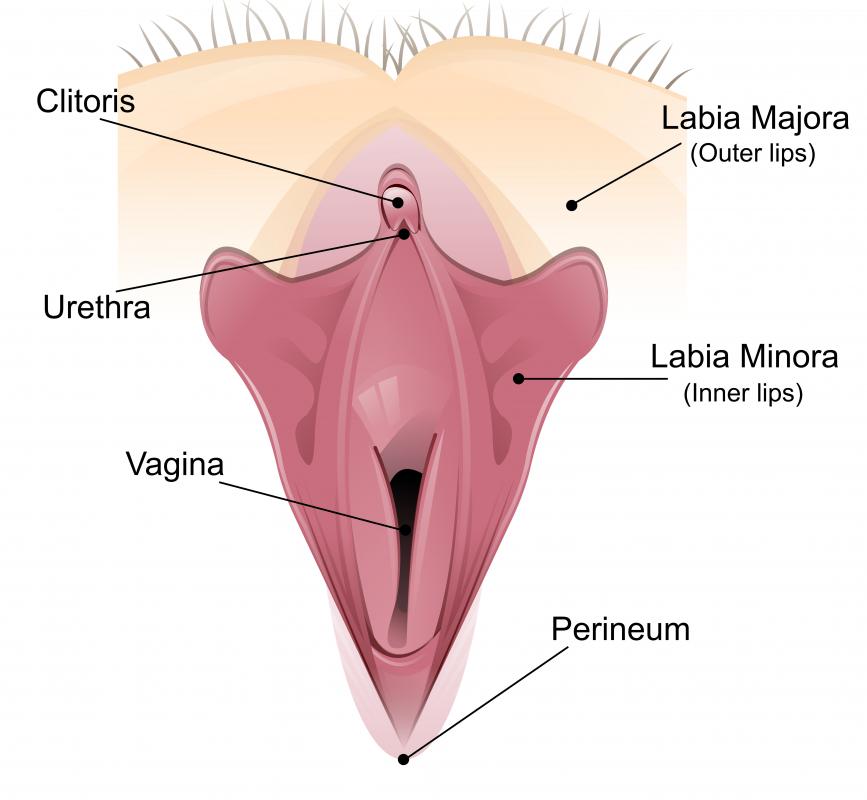At WiseGEEK, we're committed to delivering accurate, trustworthy information. Our expert-authored content is rigorously fact-checked and sourced from credible authorities. Discover how we uphold the highest standards in providing you with reliable knowledge.
How Common Is Tearing during Childbirth?
Tearing during childbirth is fairly common and may occur in as many as one-third of all vaginal births, but it is more common in certain situations than others. The position in which the baby was delivered, the number of children the mother has already had, and the size of the baby can all affect the likelihood of tearing. An episiotomy, which is sometimes used to prevent lacerations, can make them more likely when used inappropriately. Although many women claim that there are steps that can be taken to prevent tearing during childbirth, the effectiveness of these treatments is not well documented. Individual women may have a very high or very low potential for injury during childbirth, but in almost all births, tearing is a somewhat likely possibility.
There are many different estimates concerning how common tearing during childbirth really is, but it is safe to say that at least a third of women experience some degree of this during childbirth. Severe lacerations in which many stitches are required are much more rare than minor tears, some of which require no medical treatment at all. Third- and fourth-degree lacerations are extremely rare, but do require serious surgical treatment in order for recovery to be effective. The number of women who experience minor injuries to the perineum during birth may be higher than reported because these tears do not require special treatment.

One factor that makes tearing during childbirth more likely is delivering a large baby or giving birth to a baby who has his or her head in an awkward position. Little can be done to prevent tears due to these causes, but relaxing during labor can make them less likely. Using forceps or other interventions can also increase the likelihood of injuries, some of them major. When intervention is necessary, tearing may also be necessary for the safety of the baby, but the best way to come out with minimal injuries is to participate actively in the birthing process and set limits about what types of intervention are permissible and when. Trusting the doctor is important, but having faith in a natural birth process and working with a woman's own body can prevent tears and other injuries.

Many people believe that tears are less common in communities that practice certain birthing positions or who apply oil to the perineum to promote flexibility. There are some statistics that say this type of injury is most common when giving birth lying on the back. Although tearing is very common during birth, not all women have the same statistical likeliness of lacerations. Taking steps to reduce the chances of tearing can make many women more comfortable with the labor process overall, which in turn is also known to reduce the chances of injury.
AS FEATURED ON:
AS FEATURED ON:
















Discuss this Article
Post your comments